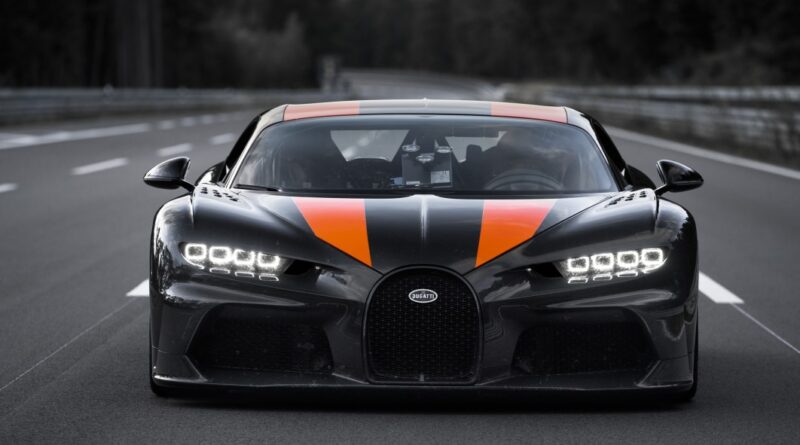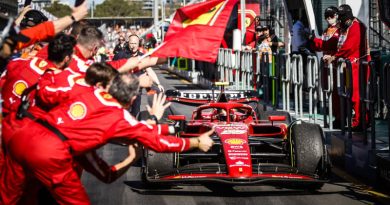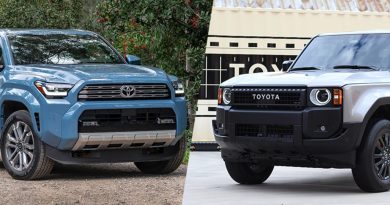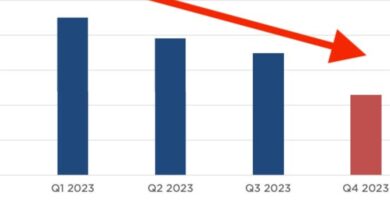Fastest cars in the world by top speed, 0-60 and quarter mile
A claim for the title of “Fastest Car in the World” might seem easy to settle. It’s actually anything but: Are we talking production cars, race cars or customized monsters? And what does “fastest” even mean? For years, car publications have tended to define “fastest” in terms of an unbeatable top speed. That’s distinct from the “quickest” car in a Usain Bolt-style dash from the starting blocks, as with the familiar 0-60 mph metric.
Professionals often focus on track lap times or elapsed time-to-distance, as with a drag racer that’s first to trip the beam of light at the end of a quarter-mile; or the 1,000-foot trip of nitromethane-powered NHRA Top Fuel and Funny Car dragsters. Something tells us, however, that you’re not seeking out an answer of “Brittany Force rewriting the NHRA record books with a 3.659-second pass at a boggling 338.17 mph.”
For most barroom speed arguments, the focus is firmly on cars you can buy in showrooms, even if many are beyond the financial means of all but the wealthiest buyers and collectors. Here are some of the enduring sources of speed claims, counter-claims, tall tales and taunting dismissals that are the lifeblood of car enthusiasts – now with EVs adding an unexpected twist to these passionate pursuits.
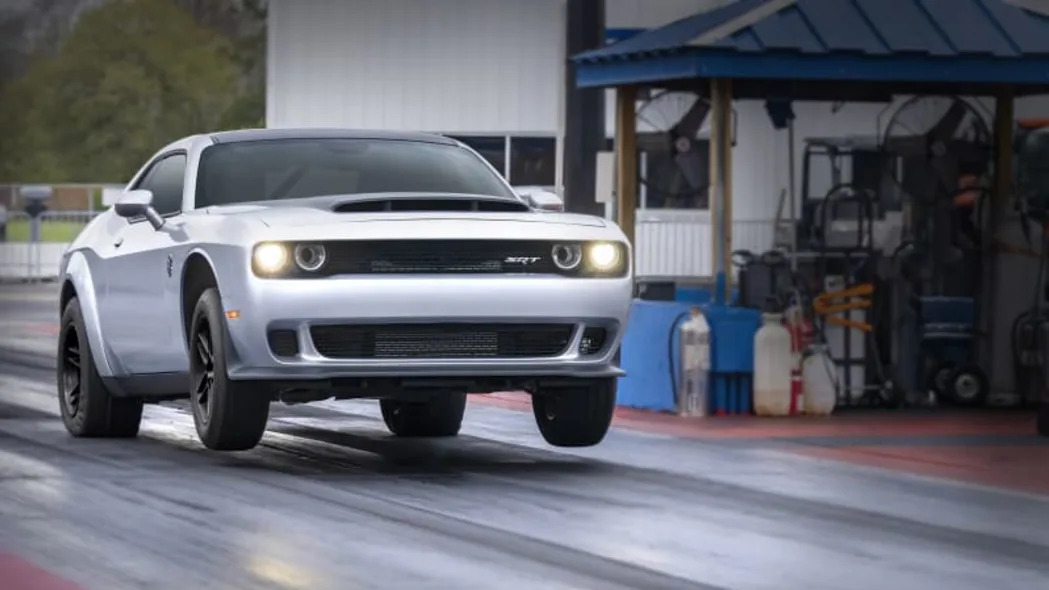
Fastest from the blocks: 0-60 mph
Thirty years ago, any car that could clock 60 mph in five seconds or less was considered extremely quick. Today, high-performance, gasoline-powered sedans and SUVs are routinely breaking below 4 seconds. As of today, the 2023 Dodge Challenger SRT Demon 170 crushes all with a 0-60 mph time of just 1.66 seconds. That’s simply absurd, but keep in mind the Demon was engineered with the single-minded purpose of going fast in a straight line. It’s also important to realize that direct comparisons are difficult, because not all of these times were accomplished with similar conditions (prepped surfaces, adjustments for elevation and so on). The moral here is to take these times with a tiny grain of salt.
After the Dodge, the Rimac Nevera comes in with an officially recorded 0-60 mph time of just 1.74 seconds. EVs crowd the quickest list, with the Pininfarina Battista coming in a few hundredths slower (1.79 seconds) than the Nevera and the Lucid Air sapphire (1.89 seconds) right after that. Eventually, you arrive to the Tesla Model S Plaid, which has a claimed 1.99-second 0-60 mph time, though instrumented testing by Car and Driver shows it accomplishes the deed in 2.1 seconds.
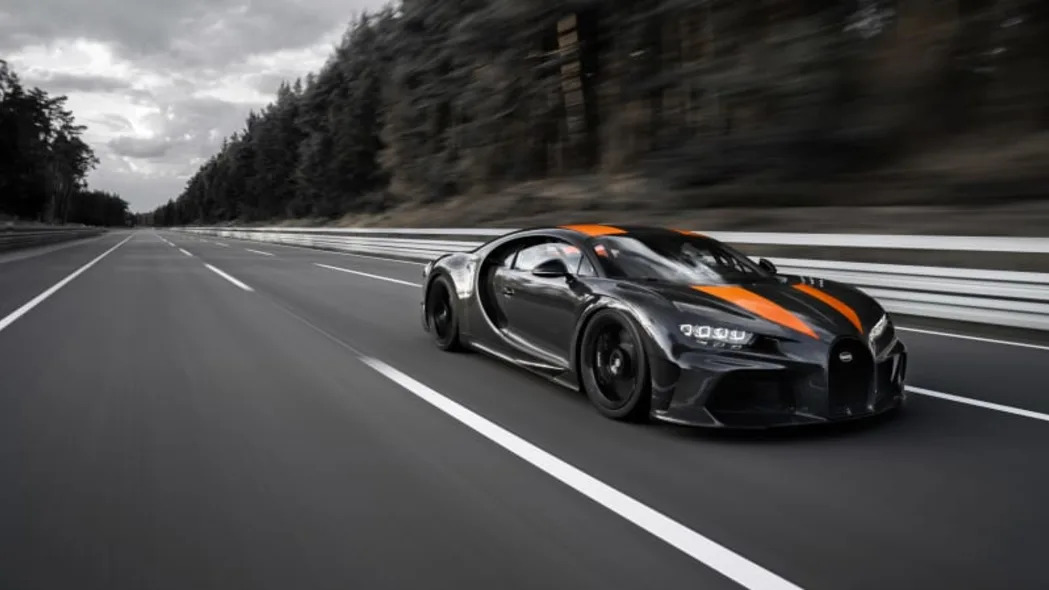
Theoretical bragging rights: top speed
More than ever, production cars are achieving top speeds that no public road can safely contain, and that no amateur driver should attempt. Yet that has only fueled the desire of certain collectors to own a car whose terminal velocity is one unassailable measure of speed.
In 1998, five years after its debut, the McLaren F1 – the first streetgoing car from the British racing specialists – set a ridiculous new pace for a production automobile: A two-way average top speed of 240.1 mph at Volkswagen’s Ehra-Lessien track in Germany. (Cars seeking legit speed marks run in two directions to negate any advantage from a tailwind). Sweden’s Koenigsegg topped that by about 1 mph in 2005 with its CCR. Then the one-upmanship really began, with record-shattering hypercars in the Bugatti Veyron 16.4 (253.8 mph), America’s SSC Ultimate Aero (256.1 mph), a Veyron Super Sport (267.8 mph), Hennessey Venom GT (270.4 mph) and Koenigsegg Agera RS (277.8 mph).
Bugatti reclaimed the blurry crown with its Chiron Super Sport in 2019, breaking the mythical 300-mph barrier in the process. Driven by racer Andy Wallace, Bugatti’s 16-cylinder, 1,578-horsepower, $3.8-million phantasm reached 304.777 mph at Ehra-Lessien’s 5.4-mile straightaway.
Today, the claim for highest top speed is held by the ludicrous Koenigsegg Jesko Absolut, which Koenigsegg believes is capable of 330 mph, though as of this writing, it hasn’t been tested.

Still a classic: the quarter-mile
In the United States, drag racing began as an underground pastime on the dry lake beds of California, and by the 1930s, quarter-mile speeds were topping 100 mph. Things got more organized and professional when Wally Parks founded the NHRA in 1951. And decades after drag racing became big business, and a battleground for manufacturers and drivers, the quarter-mile remains the gold standard for straight-line races – even if many enthusiasts tend to cite 0-60 mph statistics first. Here, the Pininfarina Battista claims the crown with a shocking 8.55-second quarter-mile time, barely edging out the Rimac Nevera that posted a time of 8.58 seconds. And in case you were curious about where gasoline-powered cars stand, the Dodge Challenger SRT Demon 170 is right there at just 8.91 seconds.
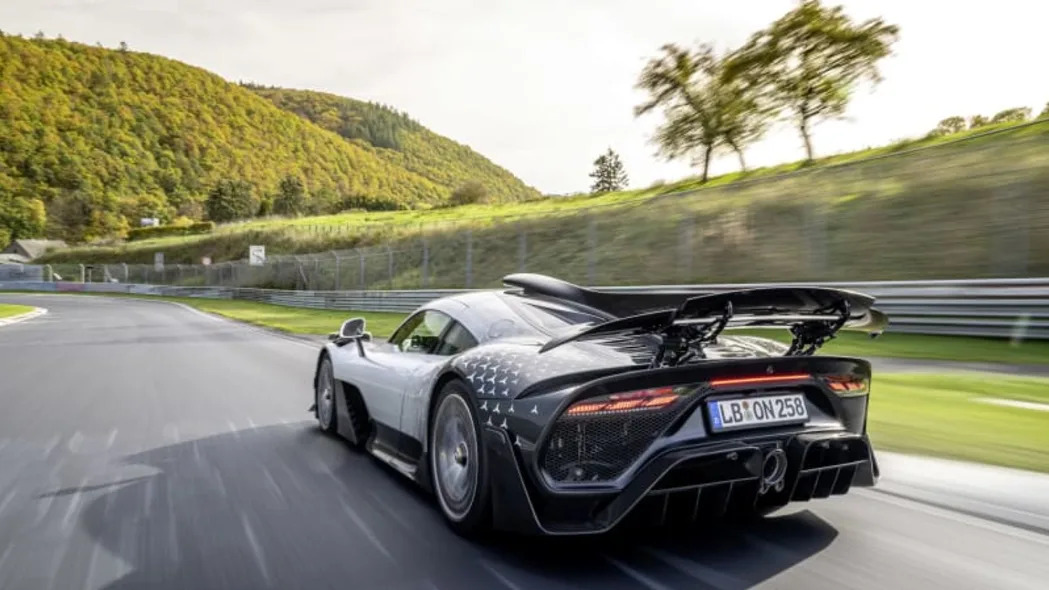
Lord of the Ring: Germany’s Nürburgring Nordschleife
Over the past decade especially, enthusiasts have become obsessed with lap times on the Nürburgring, a course through Germany’s Eifel mountains that staged its first race in 1927. Specifically, they focus on the Nordschleife, the “North Loop” that Sir Jackie Stewart first dubbed the “Green Hell” prior to winning a rainy F1 race there in 1968. Today, car manufacturers compete to shave seconds on the bumpy, hair-raising 12.9-mile circuit, with new marks setting off buzz around the world. Those records whet buyer appetites for the fastest cars in a variety of categories, from EVs to affordable front-drivers like the Honda Civic Type R. In 2019, Timo Bernhard took the track-only Porsche 919 Hybrid Evo through an epic 5 minute, 19.55-second lap – by far the fastest ‘Ring lap for any car, ever.
In recent years, the Lamborghini Aventador SVJ set a stirring production-car record of 6:44.97, only to be nipped by the Mercedes-Benz AMG GT Black Series at 6:43.62. After that, Porsche works driver Lars Kern drove a 691-hp 911 GT2 RS (equipped with a special “Manthey Performance Kit”) around the circuit in 6:43.30, smashing the record by about 4.74 seconds. And then in 2022, Mercedes-Benz took the record back (where it currently stands) from Porsche with its F1-engine-powered AMG One (pictured above) mapping the ‘ring in just 6:35.183.

